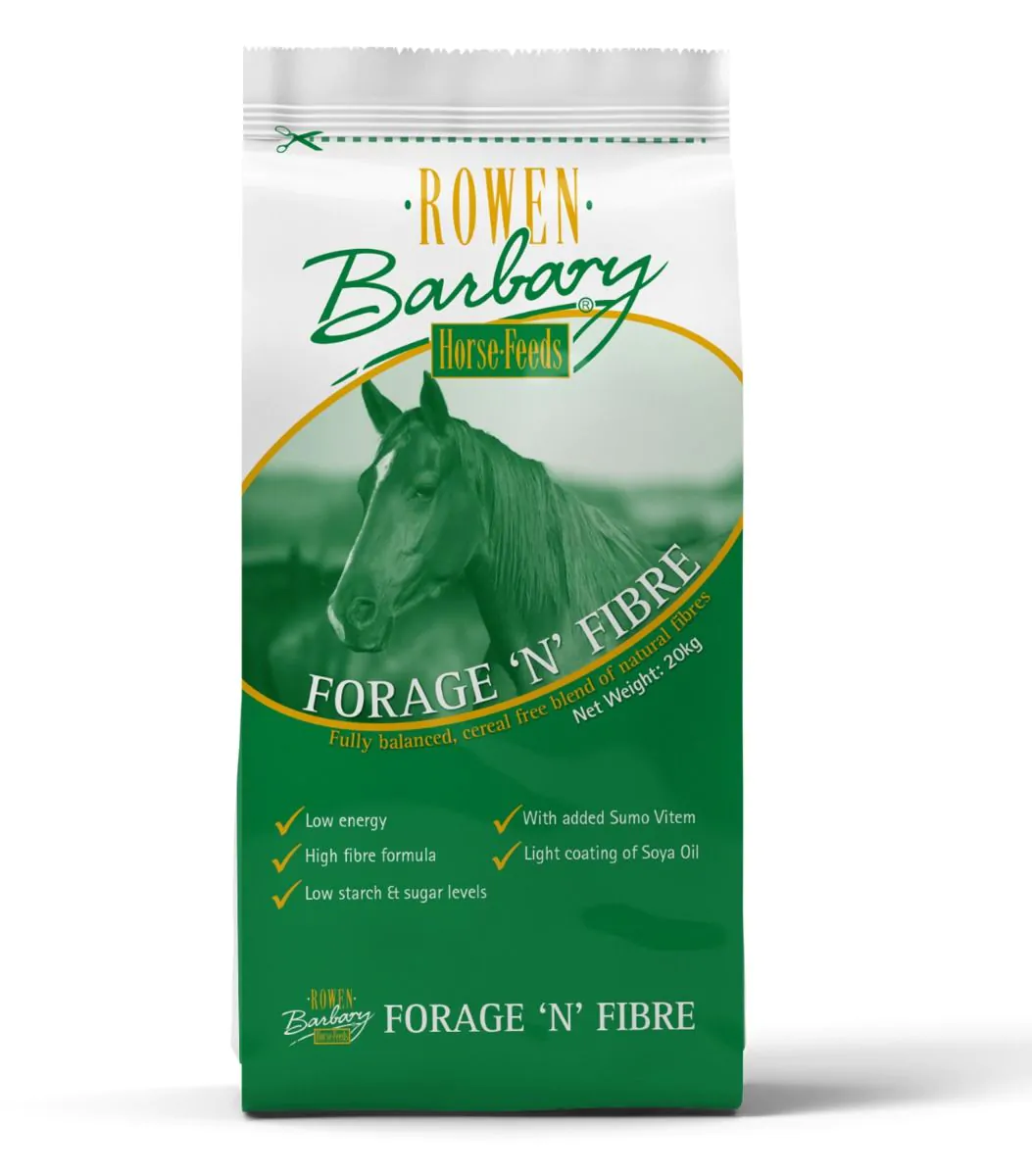- 26th June 2023 by Rowen Barbary
Weighing up your horses workload
The first step in trying to achieve the correct diet is to understand the level of work that your horse is in, and therefore the level of energy required. Many owners often overestimate the level of work that their horse is doing, so to help we have split the workload into four categories – maintenance, light, medium and hard work.
The guide below includes recommended energy levels provided by feed in relation to the level of work. This is expressed as Mega Joules per kilogramme (MJ/Kg) or Digestible Energy (DE).
Maintenance
Horses at maintenance include those that do not take part in any ridden or in-hand activity, unless occasionally for very short periods of time. These horses typically do well on a high fibre diet, and usually maintain weight well on grass and forage alone. Horses at maintenance usually require up to 8 MJ/Kg DE.
Light Work
Horses in light work are typically exercised three or four times weekly such as light hacking and schooling mainly in walk and trot, with some canter work for a maximum of 1 hour per day. They may take part in local unaffiliated competitions or pleasure rides. This is typically made up of 40% walk, 50% trot and 10% canter*.
For the majority of horses in light work, especially good doers prone to weight gain, the energy requirements are not significantly higher to those at maintenance. They should be fed a high fibre diet alongside a low energy feed of around 8 – 10 MJ/Kg DE.
Medium Work
Horses in medium work participate in regular training sessions for around 1 hour per day and compete at affiliated level, including dressage, show jumping, eventing, polo and endurance. This is typically made up of 30% walk, 55% trot, 10% canter and 5% skill work*.
These horses usually require a medium to high energy diet achieved from a combinations of energy sources including fibre, oils, proteins and cereals to meet the demands of around 10 – 12 MJ/Kg DE.
Hard Work
Horses in hard work will be training and competing at the peak of their physical abilities. Eventers and racehorses will be doing more faster work in their training, dressage horses will be performing more advanced movements and show jumpers will be competing very frequently. This is typically made up of 20% walk, 50% trot, 15% canter and 15% gallop of other skill work*.
Horses in hard work will require a higher energy diet to help them perform at their best of 12 MJ/Kg DE or more.
Take home message
It is important to remember that although these descriptions on workload can be used as a guide there are still many other factors to bear in mind besides the length of time and the speeds that you ride. For instance, riders weight combined with tack can influence energy expenditure, as will the weather condition and the horses age.
The amount we ride each day can also vary a lot, for example you may work your horse solidly for almost an hour two or three times a week and then hack in between but you should see a pattern developing to help you determine your horses level of work.
*As described by the National Research Council (NRC) for estimating work levels.

All manufacturing at Rowen Barbary is carried out in a state of the art mill located in the heart of the Shropshire countryside. We use only the highest quality ingredients sourced, where possible, from local farms before they are blended by our dedicated team in our UFAS audited mill.
Rowen Barbary also conforms to BETA NOPS guidelines with raw materials & finished feeds regularly laboratory tested to ensure that every bag of feed continues to meet not only ours, but also your high standards.




